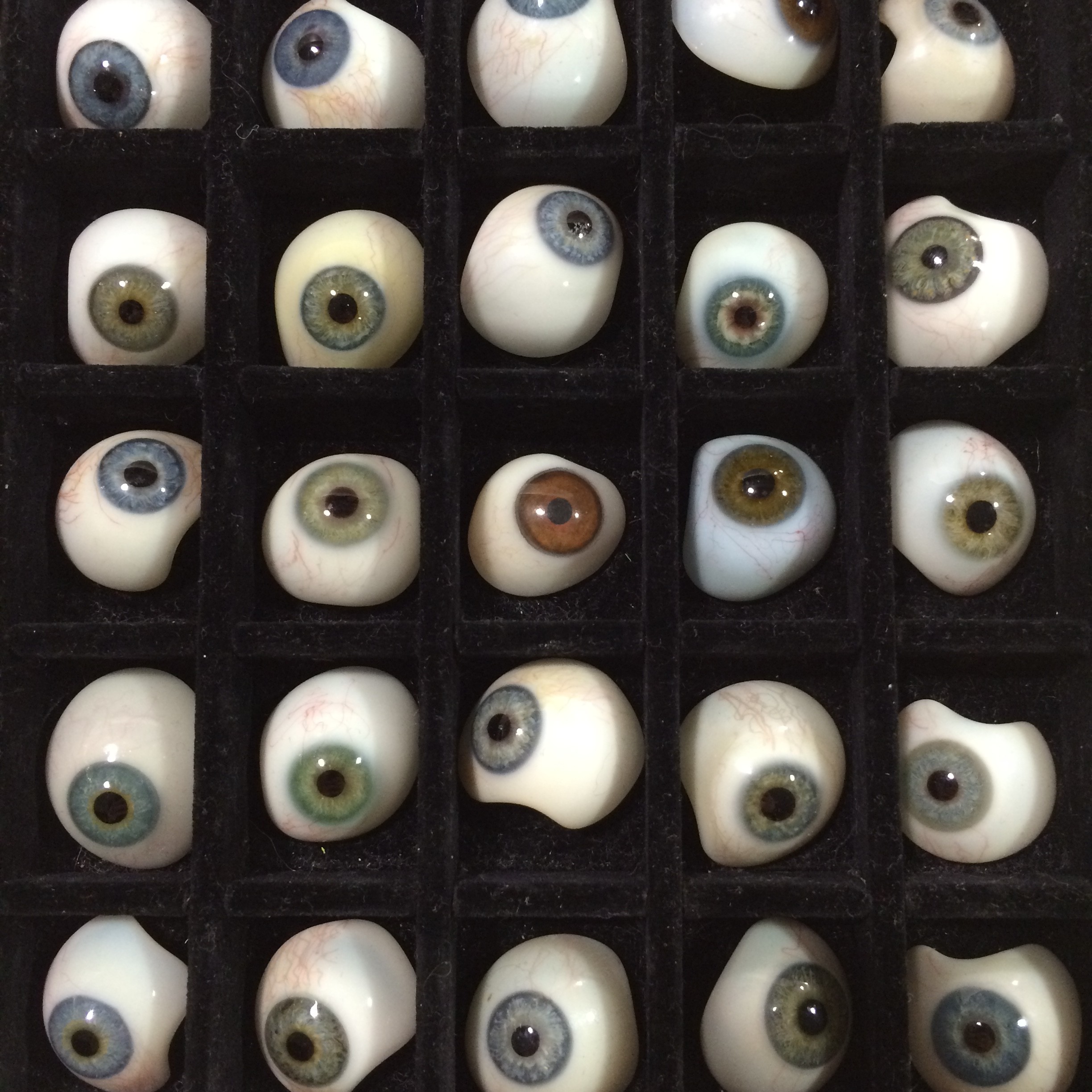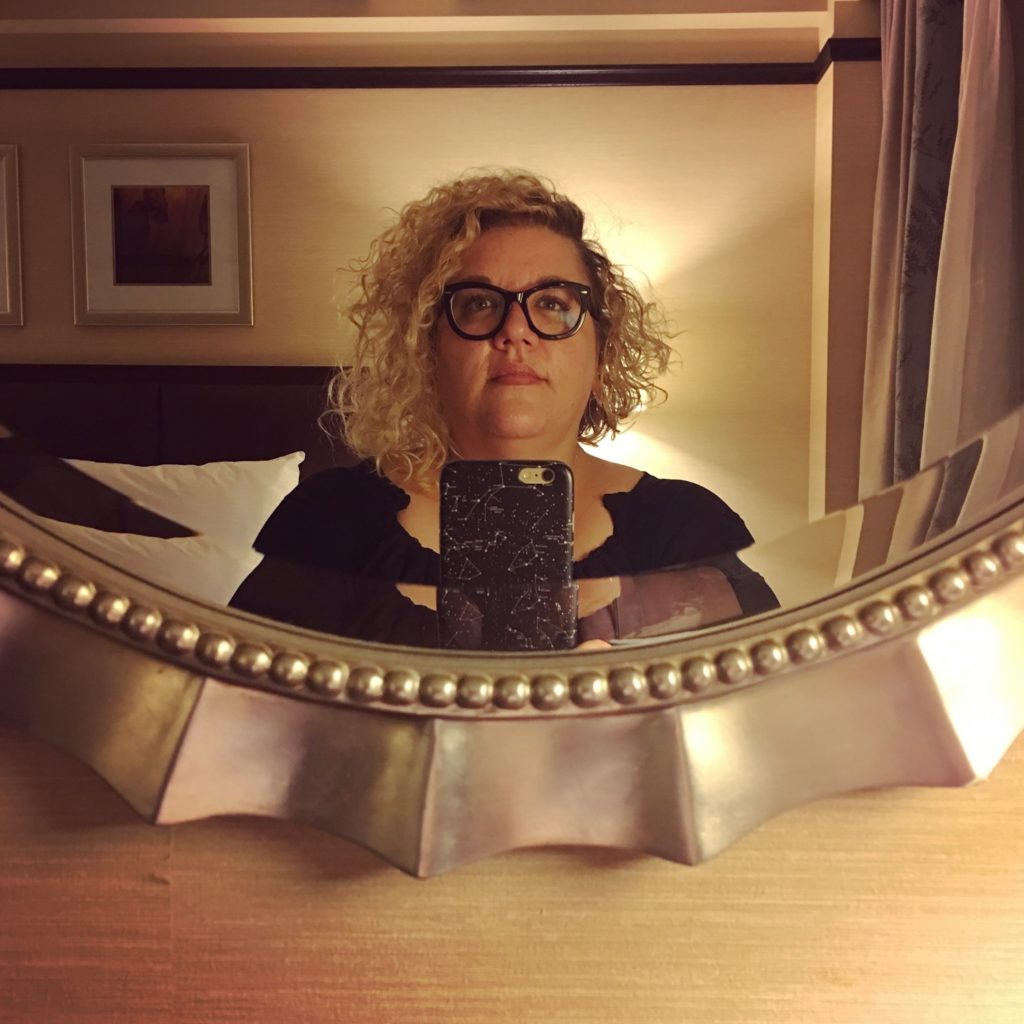In my earliest memories I am already fat. There is no before.
My very first self-concepts are all grounded in my size, which is always larger than my peers’. For a time, I think being bigger is a good thing. But this changes. Even in the years from roughly age 8 through age 19 — in which most of my attention and focus is not spent on ordinary, normal coming-of-age experiences, but is instead primarily invested in dieting, always dieting, always trying to lose the weight, so my life can finally begin and all those experiences will then become available to me — I never quite manage to lose a sufficient amount to feel as though I have stopped being fat. On a more objective scale, I never get smaller than a size 18, which is, in my assessment at the time, still fat. My life never starts. My life never starts until I stop trying to be smaller.
For many years, “before and after” weight loss photos have, at best, irritated me, and, at worst, shoved a grasping hand back into the corner of my mind where all the toxic internalizations live, pulling out the BODY SHAME and BODY LOATHING and GENERALIZED SELF HATRED goblins by their mangy scruffs and throwing them, blinking and ravenous in the sudden space and light, into the spotlight on the central stage of my conscious psyche. It would sometimes take days to corral them back, which is better than when it would take weeks, or when I spent years unable to put them back at all. In the days they were out, most of my energy was employed in eagerly gulping down big quaffs of their poison and feeding them bits of my flesh while pretending to the world outside myself that I was totally fine. This was true even for many of my years in fat activism — this is what we called it before body positivity stole and sampled and reengineered our most radical jams — and you wouldn’t have known it, me being something of a pillar of the radical fatass community and all. This is not a thing we talk about often, we who have fought to be living demonstrations of fat positive success; we were and are supposed to be inspirational, and as such we are expected to model a life outside internalized self loathing — admitting we occasionally still visit that place is destabilizing. Could hurt the brand. (Unless, of course, the brand IS self loathing, but that is a different conversation.)
As a child, “before” and “after” fascinated me. The idea that I could become a new person, that by shedding a layer or four of flesh, I could be confident, popular, pretty, appreciated, noticed, seen. Slumping “before” pictures, their lighting subdued, their colors dulled, gave way to straight-backed, vibrantly glowing hand-on-hip “after” images with toothy smiles. It seemed so simple. The problem was in their bodies. I swallowed this ideology in bulk, scooping it up in greedy handfuls. How easy. How easy. All I needed was less. To be less, to take less. I saw that self-fix narrative and embraced it. That felt within reach — or more within reach than dismantling the conditioning that made me believe being fat was the worst thing in the world. Even though, even then, I had an inkling that this might not be true. Then, the photos came mostly in ads for diet plans; today, they are as ubiquitous on social media as pictures of latte art and cute pets. No longer intended exclusively as a sales pitch — (*results not typical) — they now appear as tacit requests for validation and applause from individuals, and by and large, most people are still happy to oblige.
Especially now, spurred on by the inevitable “new you” rituals of every new year. And I have realized something. When I see performative weight loss photos now, it’s like looking at a wall of cuneiform. Like seeing an Escher print that my mind cannot resolve. Like a magic eye image I will never click into view no matter how much I relax my eyes or whatever the trick of it was. People are, of course, allowed to do with their bodies whatever they want, and how I do or don’t understand it is irrelevant to their autonomy, and this is paramount, and has always been true. But now I look and look and I simply do not understand. I look and I wonder why. Why are you showing how you are shrunk in profile; why does that matter. Why are you side-by-side-by-side-by-side with yourself from a month ago, three months ago, a year ago, a whole year of energy put toward proving your physical value to a culture that cares nothing for your actual comprehensive wellbeing, so long as you are thin. Certainly, people often have private reasons to lose weight, and those are none of mine or anyone else’s business. But the expectation of public accolades to a private process is a mystery to me. I can now see how you’ve made yourself smaller: okay. But something else has changed. I can no longer see the smaller body as better, the fatter body as worse; I don’t feel even a distant dead-limb twinge of longing or failure that I have not done the same, yet (when will my life start, I asked at 19; when I am thin, they said; but my life started a long time ago, I said, two decades later, why was I waiting, and am I waiting still?). The gremlins no longer drag themselves from their dark neglected corner to roughly whisper these things into my deepest heart. When did they stop? I barely noticed. What happened to them? Did I starve them to death? Are they decomposing back there, forming compost for something real and nurturing to grow in?
I stopped dieting twenty years ago. Twenty years ago I gave up the fairtytale ending that I would ever be thin enough to be an “after,” no matter how much weight I lost, and I began to resist the idea that I was a “before” waiting for that change so my life could happen. Twenty years later I’ve finally shed the compulsive urge to believe that weighing less would solve the fact that I once hated myself, and that I wasted so much time hating myself. My life was happening all along. There is no before. There never was.

